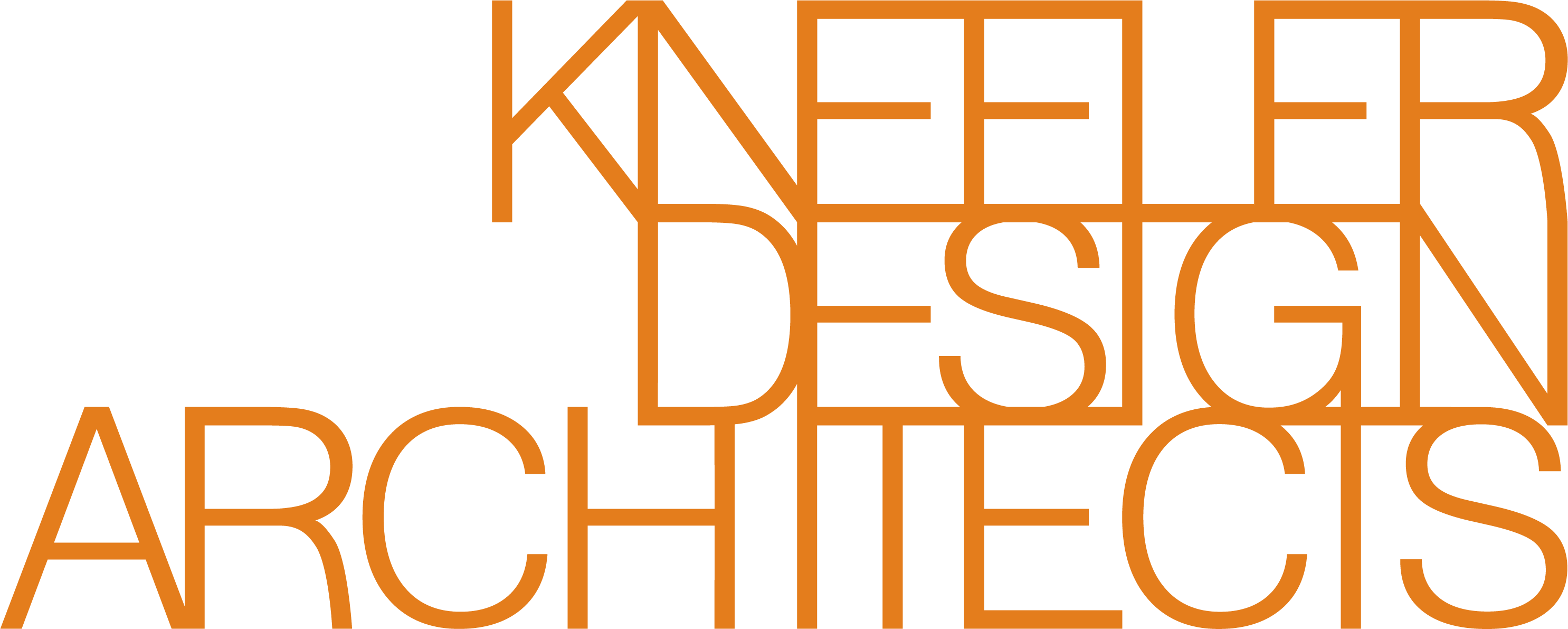The new William Ruthven Secondary College, comprising of administration, middle and senior buildings, is designed to reflect the progressive pedagogy embraced by the school and to complement the existing landscape. Rather than being conceived as a standalone building, close collaboration with the landscape architect allowed the architecture to integrate with the landscape design and to serve as a backdrop for several significant native tree specimens. The curvilinear forms take their cues from nature, providing a tactile, solid counterpoint to the soft landscaping while defining and protecting outdoor gathering and learning spaces. Internal learning spaces ripple and flow to the outdoors, further emphasizing the marriage between nature and built form, while ensuring students are connected to natural light, air and views that improve their well-being.
The architecture is defined by contrasting materials and textures—wafer-thin metal cladding against the mass of blockwork walls on the exterior; reflective glass splashbacks and translucent cladding against matte masonry in the science rooms; smooth laminate worktops hedged by textural metal screens and perforated joinery in the learning spaces. Even the statutory vinyl graphics on glazing panels were seen as an opportunity for students to participate in the design process, with student artwork being reproduced in vinyl, turning the very doors and windows into works of art. Every one of these design decisions was made to intrigue and stimulate the senses of students in an increasingly technologically-mediated world.
